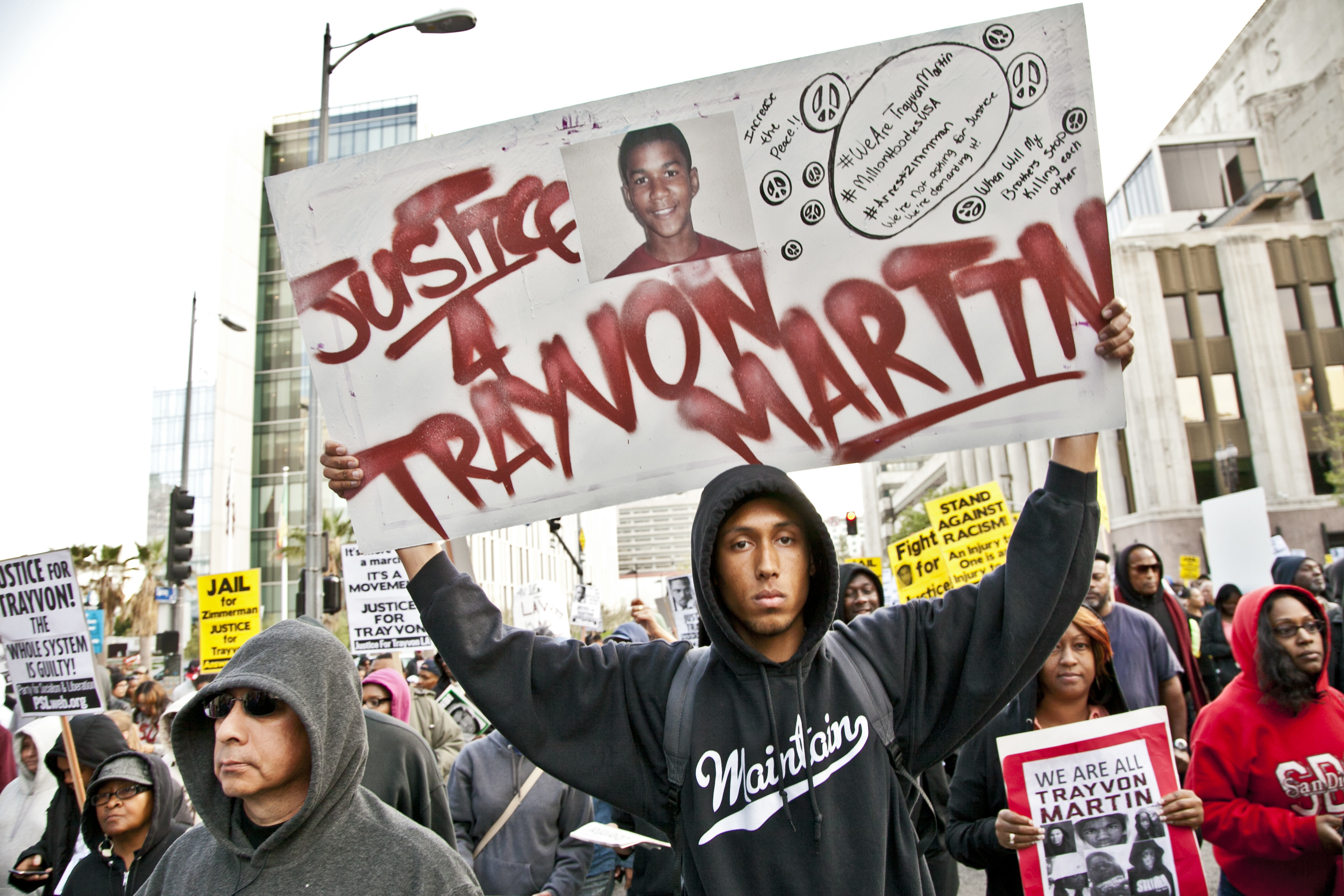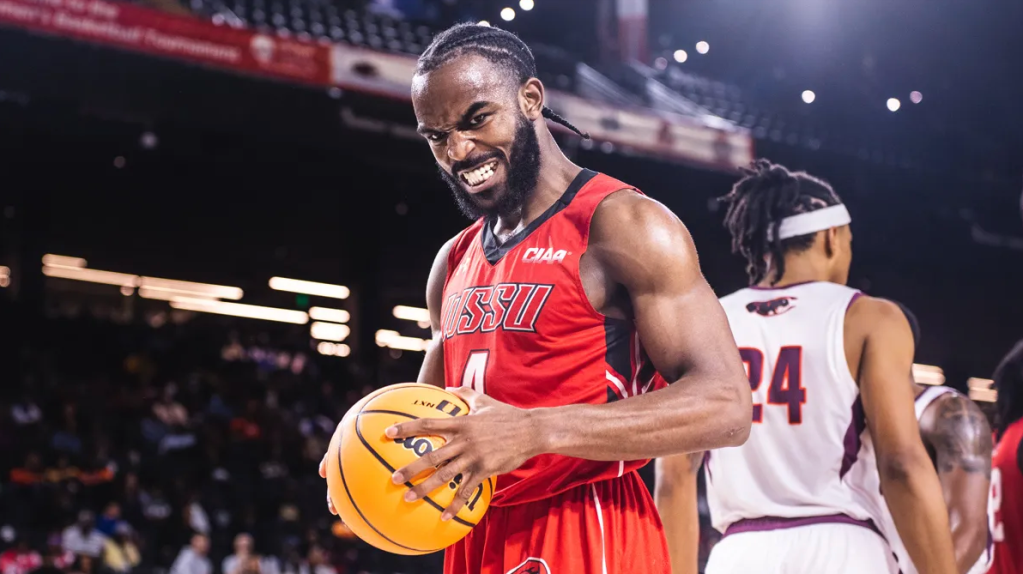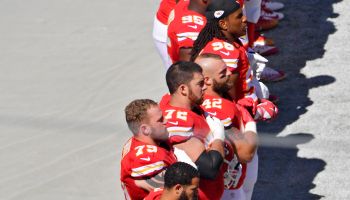
Source: Ted Soqui / Getty
Almost six years ago, a man decided to play God and took the life of a 17-year-old Black teenager. The teenager’s name was Trayvon Martin.
What the shooter, George Zimmerman, failed to realize is that with this death he’d start a fire in the nation’s Black community that could not be extinguished. The Black Lives Matter movement didn’t just start because of Martin’s death— it was upheld because the violence did not and still has not stopped. As we celebrate his 23rd birthday today, we also celebrate the legacy of what has come since that night he met his untimely death.
1 Black Lives Matter Was Created
In 2013, three Black queer women organizers named Alicia Garza, Patrisse Cullors, and Opal Tometi created Black Lives Matter in response to the acquittal of Martin’s murderer, George Zimmerman. The project itself is a global network of 40 chapters but lives on in the spirit of all those who organize and build local power to intervene in violence inflicted on Black communities.
2 Ferguson Uprising Occurred
On August 9, 2014, Michael Brown, an unarmed Black teenager, was murdered by white police officer Darren Wilson a couple blocks away from his house. Brown’s body remained in the street for several hours. Protests erupted in Ferguson almost immediately after Brown’s death. The night following his shooting, the peaceful protests turned violent as some participants looted local businesses and police began to respond in riot gear. The uprising received international attention, bringing light to the severity of the situation with the U.S. police force. The National Guard did not withdraw from Ferguson until the 21st, nearly two weeks after Brown’s death.
3 Baltimore Uprising Occurred
Freddie Gray was chased and restrained by police on bicycles on April 12, 2015. A cellphone video of his arrest showed him being dragged into a police transport van, limp and screaming in pain. Seven days later, he died from a spinal cord injury. Protesters gathered after his funeral, some peacefully, but others throwing rocks, bricks, and bottles while officers in riot gear and the National Guard was deployed.
4 Bree Newsome Removed Confederate Flag
In 2015, activist Bree Newsome scaled the flagpole at the statehouse in Columbia, S.C. and removed the Confederate flag in light of the Charleston church shooting. She was jailed over the weekend but later freed on bond.
“The history of the South is in many was complex and full of inconvenient truths,” Newsome told The Washington Post. “But in order to move into the future, we must reckon with the past.”
5 NBA Stars Open ESPYs With BLM Message
In July 2016, the ESPY awards began with NBA players Carmelo Anthony, Chris Paul, Dwayne Wade, and LeBron James addressing the deaths of Alton Sterling, Philando Castile, and other victims of police violence.
“The system is broken,” Anthony said. “The problems are not new, the violence is not new, and the racial divide definitely is not new. But the urgency to create change is at an all-time high.”
6 Kaepernick Took a Knee
In September 2016, then San Francisco quarterback Colin Kaepernick kneeled during the national anthem before a preseason game. This would later spur a movement within not only the NFL, but the rest of the sports world as a whole.
“I am not going to stand up to show pride in a flag for a country that oppresses Black people and people of color,” Kaepernick said. “To me this is bigger than football and it would be selfish on my part to look the other way. There are bodies in the street and people getting paid leave and getting away with murder.

















